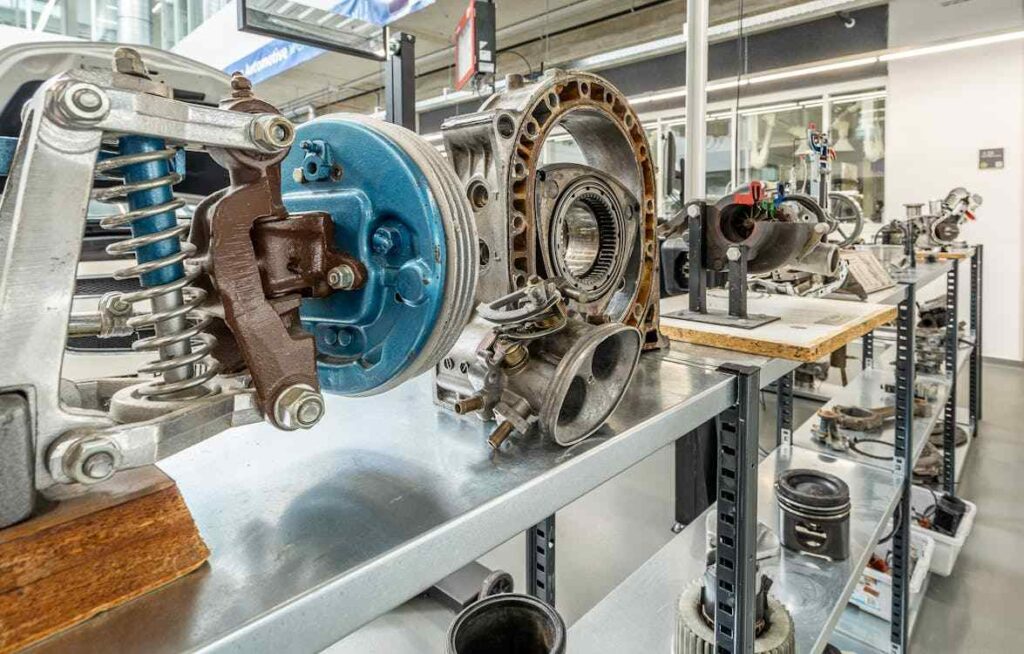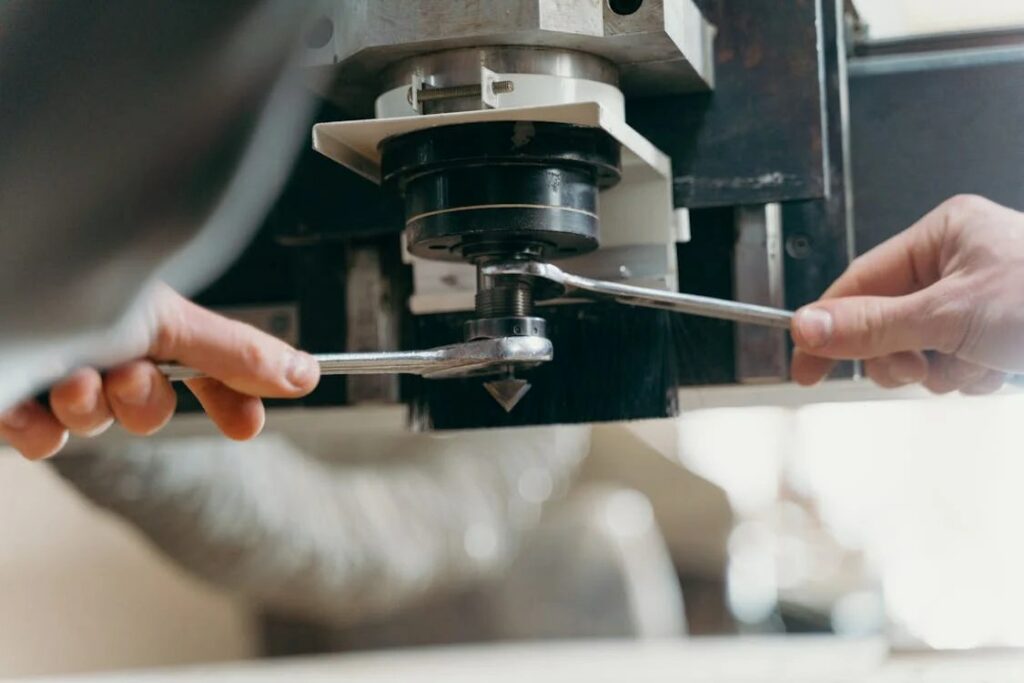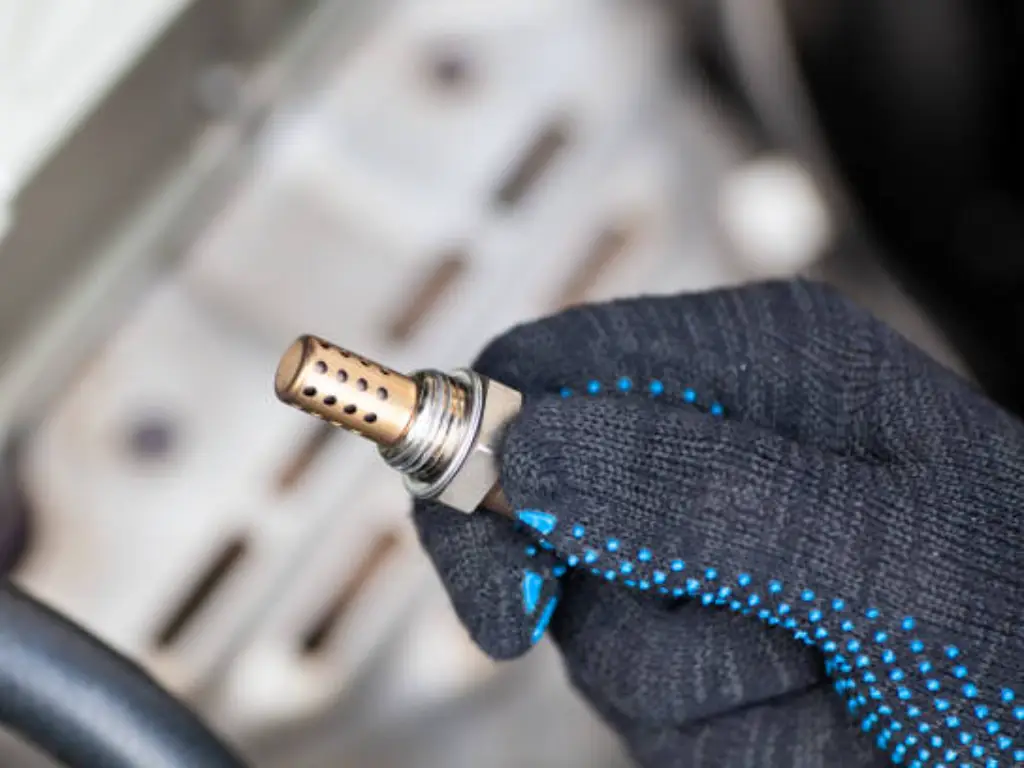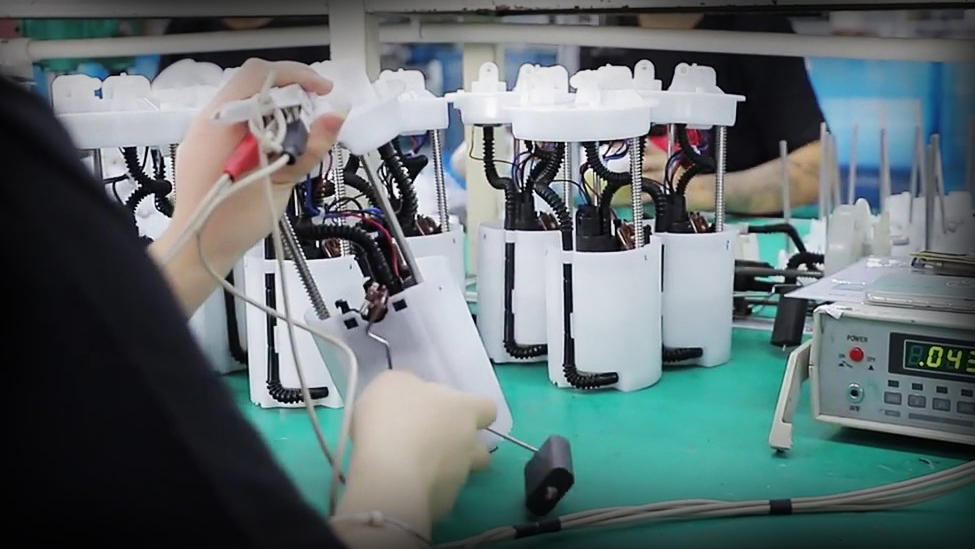We all know that keeping a vehicle running smoothly can be costly, especially when it comes to replacing parts. Whether you’re a car owner looking for affordable options or a wholesaler seeking dependable suppliers, the choices can feel endless. That’s where aftermarket parts suppliers come into play, offering high-quality alternatives to OEM parts that don’t break the bank. In this blog, we’ll answer some of the most common questions about aftermarket parts to help guide you in making the best decision for your vehicle or business.

Q1: Who Are Top 10 Aftermarket Auto Parts Companies?
The automotive aftermarket industry is dominated by several key players known for their reliability and innovation. The top 10 aftermarket auto parts companies include COWTOTAL, Robert Bosch, DENSO, Magna International Inc., ZF Friedrichshafen AG, Aisin World Corp. of America, Lear Corporation, Kowze, Flex-N-Gate Corporation, and Faurecia. These companies are at the forefront, providing high-quality replacement parts, performance upgrades, and advanced vehicle technology. If you’re interested in learning more about the strengths and contributions of these industry leaders, feel free to read our detailed blog about the World’s Top 10 Aftermarket Automotive Parts Manufacturers.
Q2: Who Makes the Best Aftermarket Auto Parts?

The best aftermarket auto parts can vary depending on your needs, whether you prioritize cost-effectiveness, performance, or reliability. Some aftermarket auto parts manufacturers excel in specific areas. For example, COWTOTAL offers wholesale, private label, and OEM services, making it a strong choice for those looking for a balance of quality and affordability. Their flexibility in providing custom solutions makes them an appealing option for businesses.
If you’re looking for premium performance, Robert Bosch and DENSO are also well-regarded for their high-end parts, particularly in areas like electrical systems and engine components, delivering top-tier performance. On the other hand, if you’re seeking premium performance parts, companies like Magna International Inc. and Flex-N-Gate Corporation provide high-quality, high-performance components designed to enhance vehicle efficiency and durability.
Q3: Who Are the Top Tier 1 Suppliers for Automotive Parts?
Top Tier 1 aftermarket auto parts companies are key to providing essential components directly to OEMs. Below is a regional breakdown of some top suppliers:
- North America: Magna International Inc. is a dominant supplier in North America that offers a wide range of automotive parts and systems, including structural and exterior components.
- Europe: Robert Bosch is a key supplier in Europe, known for its advanced automotive technologies, including electrical systems and sensors.
- Asia (Japan): Based in Japan, DENSO is a leading supplier of automotive parts, particularly in electrical systems, powertrains, and HVAC systems.
- Asia (China): In China, COWTOTAL stands out as a Tier 1 supplier specializing in engine, electrical, suspension, steering, and cooling system components. Offering wholesale, private label, and OEM services, COWTOTAL provides high-quality and cost-effective aftermarket parts to meet diverse market needs.
Q4: How Big Is the Aftermarket Parts Market?
The global aftermarket parts market has experienced steady growth over the past few years. In 2019, the market was valued at approximately $380 billion, with growth driven by rising vehicle ownership and increasing demand for affordable alternatives to OEM parts. Despite a slight dip in 2020 due to the pandemic, the market rebounded quickly, reaching around $390 billion by year-end. By 2021, the market surged to approximately $400 billion, fueled by the growing trend of online shopping for parts and increased consumer interest in vehicle maintenance.
Looking ahead, the market is projected to continue expanding. By 2023, the global automotive aftermarket parts market had grown to an estimated $440 billion. Moving into the future, it is expected to grow at a compound annual growth rate (CAGR) of around 5% from 2024 to 2028, potentially reaching $600 billion by the end of the decade. Factors driving this growth include the rise of electric vehicles (EVs), longer vehicle lifespans, and the increasing shift towards online retail for aftermarket parts. This ongoing expansion highlights the strong demand for high-quality, cost-effective components as more consumers and businesses turn to aftermarket solutions.
Q5: Do Car Parts Come From China with Lower MOQ?
Yes, many car parts are sourced from China, and automotive aftermarket companies in China are well-known for offering lower minimum order quantities (MOQs). These companies cater to a wide range of buyers, from wholesalers and retailers to individual car owners, providing flexibility in order sizes. China’s robust manufacturing capabilities, competitive pricing, and ability to produce high-quality components make it a preferred destination for sourcing engine, electrical, suspension, steering, and cooling system parts.
Q6: Is OEM Better than Aftermarket?
OEM parts are designed to match a vehicle’s original specifications, ensuring compatibility and reliability. However, aftermarket parts often provide similar performance at a lower cost, with a broader selection for specific needs. The choice depends on your priorities—consistency or cost-effectiveness. If you want to know more about this topic, read our guide: OEM Auto Spare Parts: Meaning, Pros, Buying Tips, and vs. Aftermarket Parts.
Q7: Why Are OEM Parts So Expensive?
OEM parts are costly due to high manufacturing standards, exclusive materials, and specialized molds designed for precise compatibility. Automakers often partner with a single supplier, limiting competition and driving up prices. Additionally, OEM parts undergo extensive testing and certification, adding to production costs. Dealer markups, which can exceed 30%, further inflate prices. Unlike aftermarket parts, OEM options lack mass-market manufacturing, resulting in smaller production runs and higher costs per unit, contributing to their premium pricing.
Q8: How Reliable Are Aftermarket Parts?
Aftermarket parts can be highly reliable, especially when sourced from reputable manufacturers. Companies like COWTOTAL offer parts for key systems—engine, electrical, suspension, steering, and cooling—that meet or exceed industry standards. Unlike OEM parts, aftermarket options often come with enhanced durability, innovative designs, or cost advantages. However, reliability varies across brands so you should choose trusted suppliers. You may look for certifications like ISO or SAE compliance and warranties, which indicate quality assurance.
Q9: Does Adding Aftermarket Parts Decrease Value?
Not exactly—adding aftermarket parts can either decrease or enhance value based on their type and quality. High-quality upgrades, like performance enhancements or premium parts from trusted suppliers, can appeal to certain buyers and boost value. However, low-quality or mismatched parts may deter potential buyers, especially those seeking factory-original conditions.
Q10: Does Aftermarket Parts Affect Warranty?
Aftermarket parts don’t automatically void a vehicle’s warranty. Under the Magnuson-Moss Warranty Act, manufacturers can’t deny coverage unless they prove the aftermarket part caused the damage. However, poorly installed or substandard parts might lead to disputes. You can choose reputable suppliers and ensure proper installation to protect your warranty.
Conclusion
As aftermarket parts suppliers, we know how crucial it is for you to have access to affordable, high-quality solutions. Whether you’re replacing a part or looking for upgrades, understanding the aftermarket parts market will help you make the right choices. If you’re ready to find the perfect parts for your vehicle, we’re here to assist you every step of the way.

























